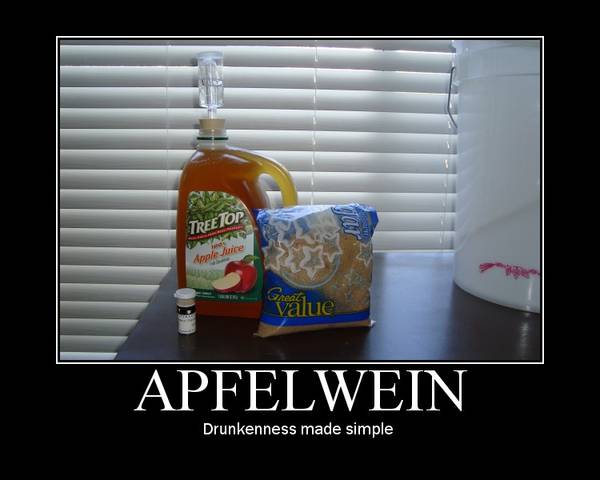Sorry to ask so many questions but I am new and just figuring things out I promise this is probly the last bit of questions for a while!!
1) My cider is coming along great after 3 days. One of them however, has overflowed into the airlock. I am worried about this but it seems that it is still bubbling so it's not blocked (so it wont explode) I didn't strain out the mashed apple and pulp because I figured it would be a nice addition to the fermentation process. Should I always strain out the mashed apple and apple pulp before primary fermentation?
2) It's going to be time to rack my cider fairly soon. I have heard about using tubes but it seems that you are losing a lot of cider if you simply "avoid" the bottom part of the carboy where the yeast and dead yeast is. When the time comes, can I pour it into and through a strainer that has cheesecloth on it in order to filter out the yeast?
3) How do I keep the leftover yeast so I can use it again for another batch of cider? I have heard of people using the same yeast for decades. Do I need to stop fermentation early if I want to save any yeast for another batch? I figured if I use a strainer I will have a bunch of dead and living yeast in the cheesecloth.
4) If I am trying to add carbonation after my cider is all done can I boil the finished product down a little bit, then just add seltzer water to it? It would carbonate the cider and if I boiled the cider down, the seltzer water would replace the liquid lost during the boiling right?
1) My cider is coming along great after 3 days. One of them however, has overflowed into the airlock. I am worried about this but it seems that it is still bubbling so it's not blocked (so it wont explode) I didn't strain out the mashed apple and pulp because I figured it would be a nice addition to the fermentation process. Should I always strain out the mashed apple and apple pulp before primary fermentation?
2) It's going to be time to rack my cider fairly soon. I have heard about using tubes but it seems that you are losing a lot of cider if you simply "avoid" the bottom part of the carboy where the yeast and dead yeast is. When the time comes, can I pour it into and through a strainer that has cheesecloth on it in order to filter out the yeast?
3) How do I keep the leftover yeast so I can use it again for another batch of cider? I have heard of people using the same yeast for decades. Do I need to stop fermentation early if I want to save any yeast for another batch? I figured if I use a strainer I will have a bunch of dead and living yeast in the cheesecloth.
4) If I am trying to add carbonation after my cider is all done can I boil the finished product down a little bit, then just add seltzer water to it? It would carbonate the cider and if I boiled the cider down, the seltzer water would replace the liquid lost during the boiling right?




